Home>Garden Essentials>How To Grow A Baobab Tree From A Seed
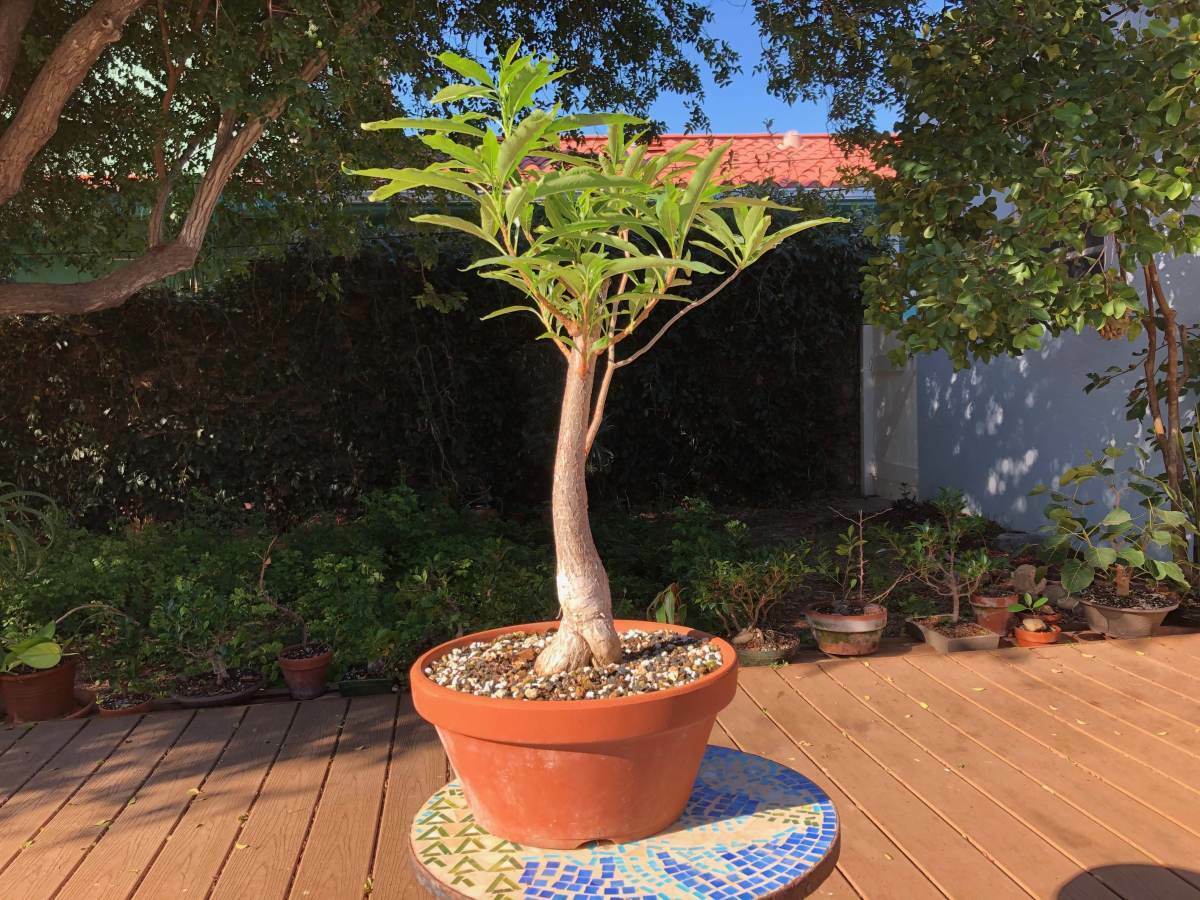

Garden Essentials
How To Grow A Baobab Tree From A Seed
Modified: March 16, 2024
Learn how to grow a baobab tree from a seed in your garden. Discover tips and techniques for successful baobab cultivation.
(Many of the links in this article redirect to a specific reviewed product. Your purchase of these products through affiliate links helps to generate commission for Storables.com, at no extra cost. Learn more)
Introduction
Welcome to the world of gardening! There’s something magical about growing plants from seeds, nurturing them, and watching them flourish into beautiful trees. If you love unique and exotic plants, then the baobab tree is a perfect choice for you. Known for its iconic silhouette and incredible lifespan, the baobab tree is a fascinating addition to any garden.
In this article, we will guide you through the process of growing a baobab tree from a seed. From choosing the right seeds to providing the necessary care, you’ll learn everything you need to know to successfully cultivate this remarkable tree.
The baobab tree, scientifically known as Adansonia, is native to the African savannahs and is also found in other regions with tropical and subtropical climates. Its distinctive features, such as a stout trunk and spreading branches, make it instantly recognizable. Besides its striking appearance, the baobab tree also holds cultural significance and is known as the “Tree of Life” due to its various practical uses.
Key Takeaways:
- Choose fresh, viable baobab seeds and soak them before planting. Prepare well-draining soil with organic matter and provide warm, sunny conditions for germination. Patience and care will lead to a magnificent baobab tree in your garden!
- Ensure your baobab tree gets 6-8 hours of sunlight and deep, regular watering. Practice gentle pruning, monitor for pests and diseases, and take swift action to protect your tree. Embrace the journey of nurturing nature’s beauty!
Read more: How To Grow Tree From Seed
Choosing the Right Seeds
When it comes to growing a baobab tree from a seed, selecting the right seeds is crucial. Look for seeds that are fresh and viable. It’s best to source the seeds from a reputable nursery or specialized seed supplier to ensure their quality.
Baobab seeds are typically enclosed in a hard outer shell. Before planting, it’s important to prepare the seeds to improve germination rates. Start by soaking the seeds in warm water for 24 hours. This process helps soften the seed coating and enhances the chances of successful germination.
Once soaked, inspect the seeds and discard any that appear damaged or rotten. Healthy baobab seeds have a brown, woody appearance and should feel firm to the touch. It’s also a good idea to choose seeds that are relatively large, as they tend to have a higher likelihood of germinating successfully.
Keep in mind that baobab trees are slow-growing, and it may take several years before they start showing significant growth. Therefore, be patient and ensure you choose the right seeds to lay a strong foundation for the tree’s growth and development.
Preparing the Soil
The quality of the soil plays a critical role in the successful growth of a baobab tree. Before planting the seeds, it’s essential to prepare the soil to create an ideal environment for the tree to thrive.
Baobab trees prefer well-draining soil with a slightly acidic to neutral pH level. They can tolerate various soil types, including sandy, loamy, or clayey soil, as long as it provides good drainage. If your soil tends to be heavy or compacted, you can improve its drainage by adding organic matter such as compost or well-rotted manure.
Begin by clearing the area of any weeds or debris. Then, use a garden fork or spade to loosen the soil to a depth of about 12-18 inches (30-45 cm). This process helps aerate the soil and allows the tree’s roots to penetrate easily.
Before planting, it’s also recommended to conduct a soil test to assess the nutrient levels and pH balance. Baobab trees benefit from a moderate amount of nutrients, so you may need to add fertilizers based on the test results. Consult with a local horticulturist or garden center for advice on suitable fertilizers and application rates.
Lastly, ensure that the planting area receives sufficient sunlight. Baobab trees thrive in full sun, so choose a location in your garden that provides at least 6-8 hours of direct sunlight per day. By preparing the soil adequately, you set the stage for a successful baobab tree growth and development.
Germinating the Seeds
After you have selected and prepared the baobab seeds and the soil, it’s time to initiate the germination process. Germination is the crucial step where the seed sprouts and begins its journey towards becoming a tree.
Start by filling small seed trays or pots with a well-draining potting mix. Moisten the soil, but ensure it is not excessively wet. Gently press the baobab seeds into the soil, spacing them at least an inch apart. Cover the seeds with a thin layer of soil and mist the surface with water to keep it moist.
Place the seed trays or pots in a warm location with a consistent temperature of around 75-85°F (24-29°C). You can also use a heating mat to provide the necessary warmth. Keep in mind that baobab seeds require a warm environment for successful germination.
It’s important to maintain moisture levels during the germination process. Check the soil regularly and mist it with water if it feels dry. Avoid overwatering, as this can lead to damping-off disease and hinder the germination process. Additionally, cover the trays or pots with clear plastic or use a propagation dome to create a humid environment.
Germination can take anywhere from a few weeks to a few months, so be patient. Once the seedlings have emerged and developed a few sets of leaves, they are ready for the next step: transplanting into individual containers or directly into the garden.
By following these steps and providing the ideal conditions, you increase the chances of successful germination and ensure a strong start for your baobab tree.
Planting the Seedlings
Once the baobab seedlings have sprouted and developed a few sets of leaves, it’s time to transplant them into individual containers or directly into the garden. This step is crucial for the seedlings’ growth and establishment.
If you choose to plant the seedlings in containers, select pots that are at least 12-16 inches (30-40 cm) in diameter to provide ample space for root development. Fill the pots with a well-draining potting mix and create a small hole in the center. Gently remove the seedling from the seed tray, taking care not to damage the delicate roots, and place it in the hole. Backfill the hole with soil, firming it gently around the seedling.
Ensure that the seedlings are planted at the same depth they were in the seed tray. This means the soil surface should align with the base of the seedling’s stem. Avoid burying the stem too deep, as it can lead to rotting or suffocation of the plant.
If you prefer to plant the seedlings directly into the garden, ensure that the soil has been prepared as mentioned earlier. Dig a hole that is slightly larger than the root ball of the seedling. Gently place the seedling into the hole, ensuring it is at the same level as it was in the seed tray. Backfill the hole with soil, firming it gently around the seedling.
After planting, water the seedlings thoroughly. This helps settle the soil and provides essential moisture to promote root growth. Place the containers or newly transplanted seedlings in a location that receives full sun and continue to provide regular water as needed.
It’s important to note that baobab trees have deep roots, so ensure there is enough space for the tree to grow as it matures. Adequate spacing between trees will prevent overcrowding and competition for resources.
By properly planting the baobab seedlings, you create a solid foundation for their growth and ensure their successful establishment in the garden.
Plant the baobab seed in well-draining soil, keep it warm and moist, and provide plenty of sunlight. Be patient, as baobab trees can take several years to germinate and grow.
Read more: How To Grow A Tree From A Seed
Providing Adequate Sunlight and Water
Baobab trees are sun-loving plants that require ample sunlight to thrive. As you care for your baobab tree, it’s crucial to ensure that it receives sufficient sunlight each day.
Place your baobab tree in a location that receives at least 6-8 hours of direct sunlight. If you are growing baobabs indoors, ensure they are placed near a bright window or under grow lights that can provide adequate light intensity.
Along with sunlight, proper watering is essential for the health and growth of baobab trees. While baobabs are known for their ability to survive in dry conditions, they still require regular watering during the initial stages of growth.
Water your baobab tree deeply and thoroughly once a week, allowing the water to penetrate the soil to the depth of the tree’s roots. Ensure that the soil is well-draining, as baobabs do not tolerate waterlogged conditions. Avoid overwatering, as it can lead to root rot and other moisture-related issues. A good practice is to check the moisture level of the soil by inserting your finger about an inch (2.5 cm) into the soil. If it feels dry, it’s time to water the tree.
As the baobab tree matures, it becomes more tolerant of drought and requires less frequent watering. However, it’s important to continue monitoring the soil moisture and adjust the watering schedule accordingly. During dry spells or hot summer months, you may need to increase the frequency of watering to keep your baobab tree hydrated.
Additionally, consider providing mulch around the base of the tree to help retain moisture, regulate soil temperature, and suppress weed growth. A layer of organic mulch, such as wood chips or straw, can be applied around the tree, leaving a small gap around the trunk to prevent moisture buildup and the risk of rot.
By ensuring your baobab tree receives adequate sunlight and water, you provide the essential elements for its growth and overall vitality.
Pruning and Maintaining the Tree
Pruning is an important aspect of baobab tree maintenance. Regular pruning helps shape the tree, promote healthy growth, and maintain its overall structure. Proper pruning also allows for better air circulation and sunlight penetration, reducing the risk of disease and promoting the tree’s longevity.
The best time to prune a baobab tree is during the dormant season, typically in late winter or early spring. Start by removing any dead, diseased, or damaged branches. Cut them back to the main branch or trunk, making clean, angled cuts to promote healing.
If you notice any crossing or rubbing branches, remove them to prevent mechanical damage and potential infection. It’s also advisable to thin out crowded areas to allow for better light penetration and airflow. However, be cautious not to remove more than 30% of the tree’s foliage in a single pruning session.
While baobab trees don’t require extensive pruning, it’s beneficial to occasionally shape the tree to maintain an appealing form. As the tree grows, you can selectively prune branches to encourage a balanced and aesthetically pleasing shape.
Besides pruning, regular maintenance tasks help ensure the overall health of the baobab tree. Monitor the tree for signs of pests or diseases and take necessary action if you notice any issues. Proper nutrition is also essential, especially during the early stages of growth. Consider fertilizing the tree with a balanced slow-release organic fertilizer in spring and early summer.
Additionally, keep the area around the tree clean by removing fallen leaves, debris, or weeds that can harbor pests or diseases. This helps prevent potential issues and promotes a healthier growing environment for the baobab tree.
By practicing regular pruning and maintenance, you ensure the optimal growth, health, and longevity of your baobab tree, allowing it to become a stunning centerpiece in your garden.
Protecting the Tree from Pests and Diseases
Like all plants, baobab trees are susceptible to certain pests and diseases. Protecting your tree from these threats is essential to ensure its health and vitality. By practicing preventive measures and taking timely action, you can keep your baobab tree thriving.
Pests such as aphids, scale insects, and mealybugs can infest baobab trees. Regularly inspect your tree for signs of pest activity, such as distorted foliage, sticky residue, or the presence of insects. If you notice an infestation, remove the pests by hand or use a gentle stream of water to wash them off the tree. In severe cases, you may need to use an organic insecticidal soap or horticultural oil as directed to control the infestation.
It’s also important to be vigilant about common baobab tree diseases such as powdery mildew and root rot. Powdery mildew appears as a white, powdery coating on leaves and can be controlled by improving air circulation and using fungicidal sprays if necessary. To prevent root rot, ensure proper soil drainage and avoid overwatering the tree.
Another potential threat to baobab trees is fungal infections. Avoid excessive moisture on the leaves and branches, as this can create a favorable environment for fungal growth. If you notice any signs of fungal infection, such as leaf spots or rotting branches, promptly remove the affected areas and consider using an appropriate fungicide.
Regularly monitor your baobab tree for any signs of pests or diseases, and take swift action to address any issues. Maintaining overall tree health through proper soil nutrition, watering practices, and pruning also helps enhance its natural defenses against pests and diseases.
Remember, prevention is key. Providing a well-maintained and healthy growing environment is the best defense against pests and diseases. Healthy, vigorous baobab trees are less susceptible to infestations and more resilient against various threats.
Conclusion
Growing a baobab tree from a seed can be a rewarding and fascinating experience. Through the careful selection of seeds, preparation of the soil, and nurturing of the seedlings, you can witness the transformation of a tiny seed into a magnificent tree.
Remember to choose fresh and viable seeds, soak them before planting, and provide them with a well-draining soil enriched with organic matter. Create a warm and sunny environment for germination, and transplant the seedlings into individual containers or directly into the garden.
Providing adequate sunlight and water is essential for the healthy growth of your baobab tree. Be mindful of pruning to maintain its shape and structure, and regularly monitor for pests and diseases, taking swift action to prevent or address any issues that arise.
As your baobab tree grows, it will become a magnificent presence in your garden, captivating with its unique silhouette and cultural significance. It will be a symbol of resilience and beauty, a testimony to your nurturing and care.
Remember to be patient and enjoy the journey of watching your baobab tree thrive and flourish. Embrace the beauty of nature and the wonders it can bring into your life. Happy gardening!
Frequently Asked Questions about How To Grow A Baobab Tree From A Seed
Was this page helpful?
At Storables.com, we guarantee accurate and reliable information. Our content, validated by Expert Board Contributors, is crafted following stringent Editorial Policies. We're committed to providing you with well-researched, expert-backed insights for all your informational needs.
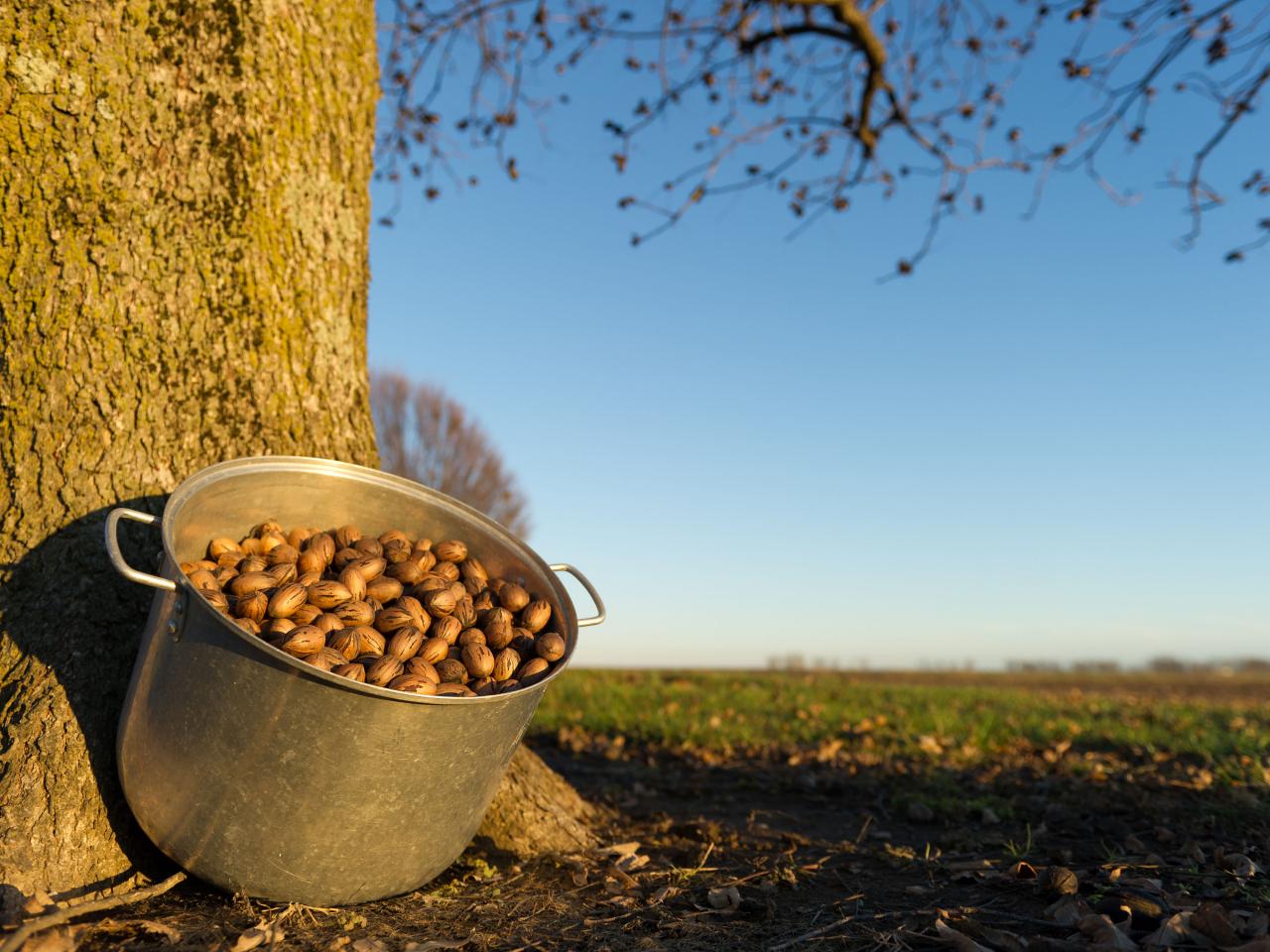
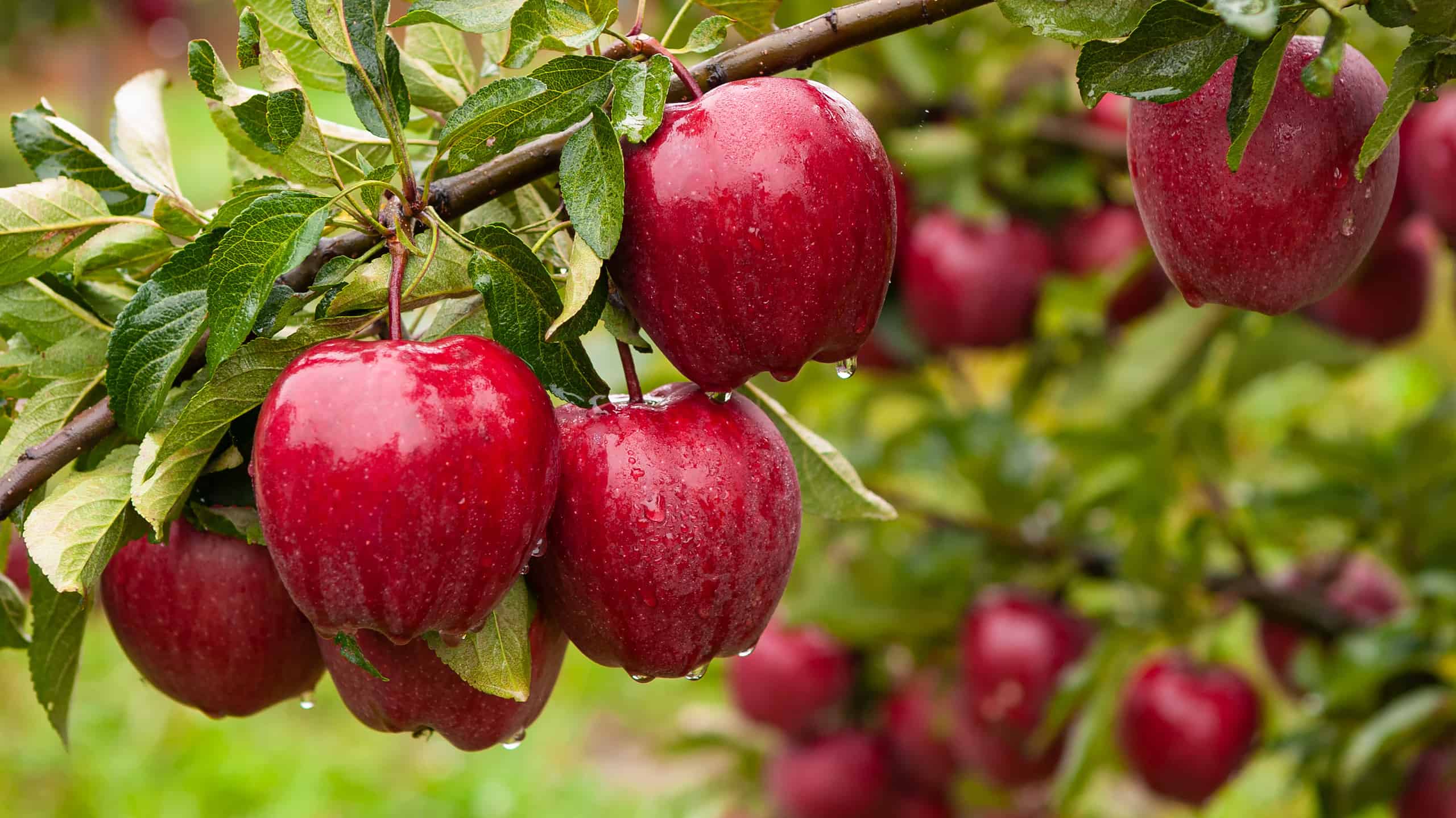
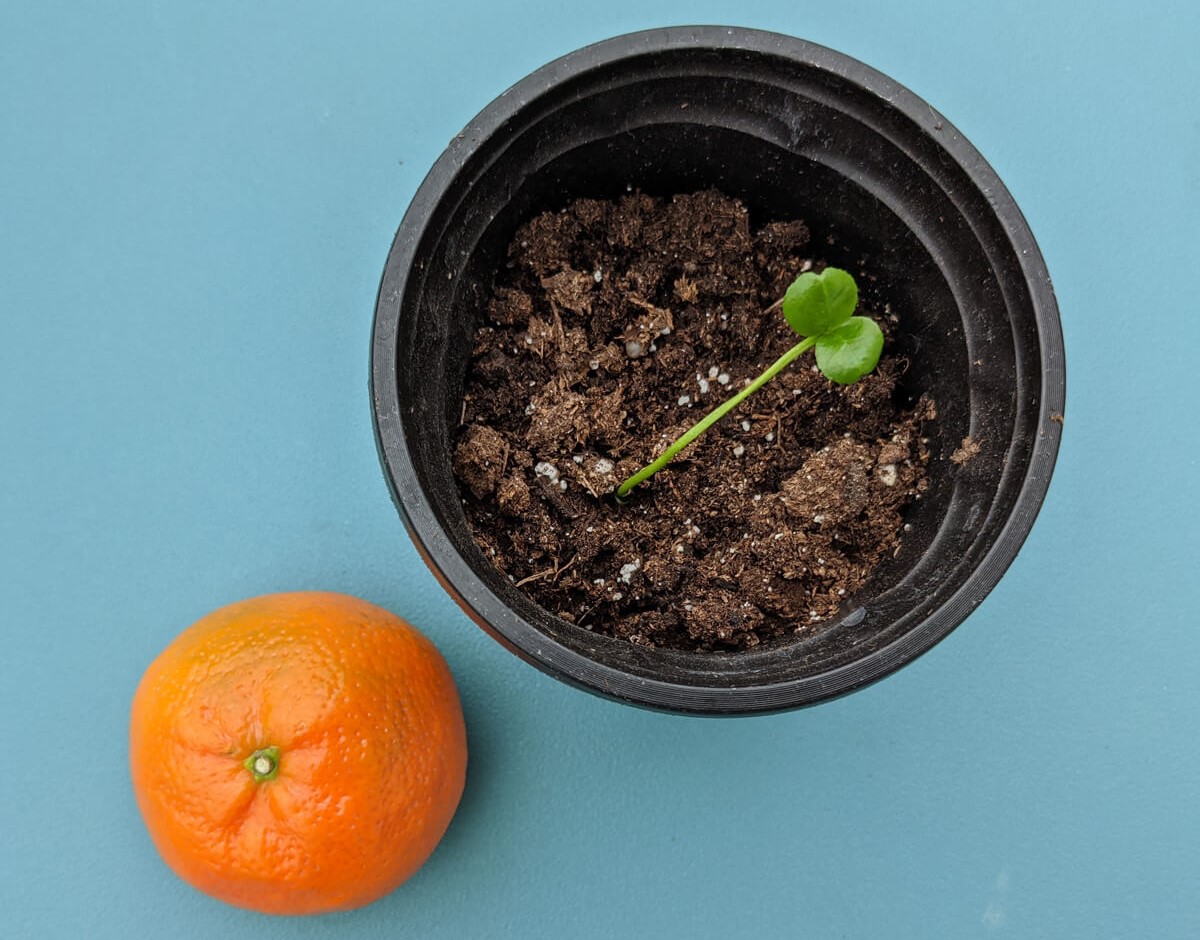
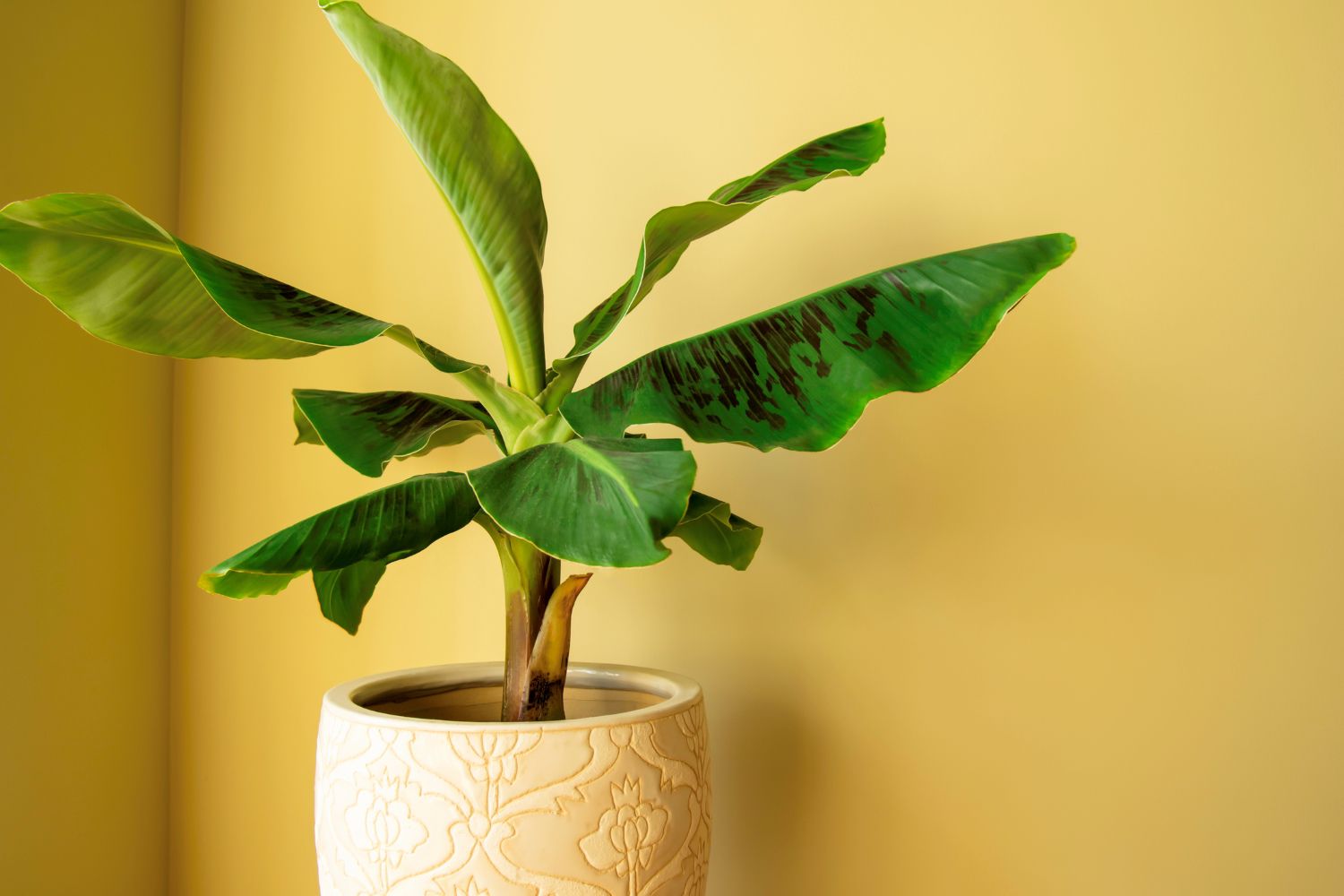
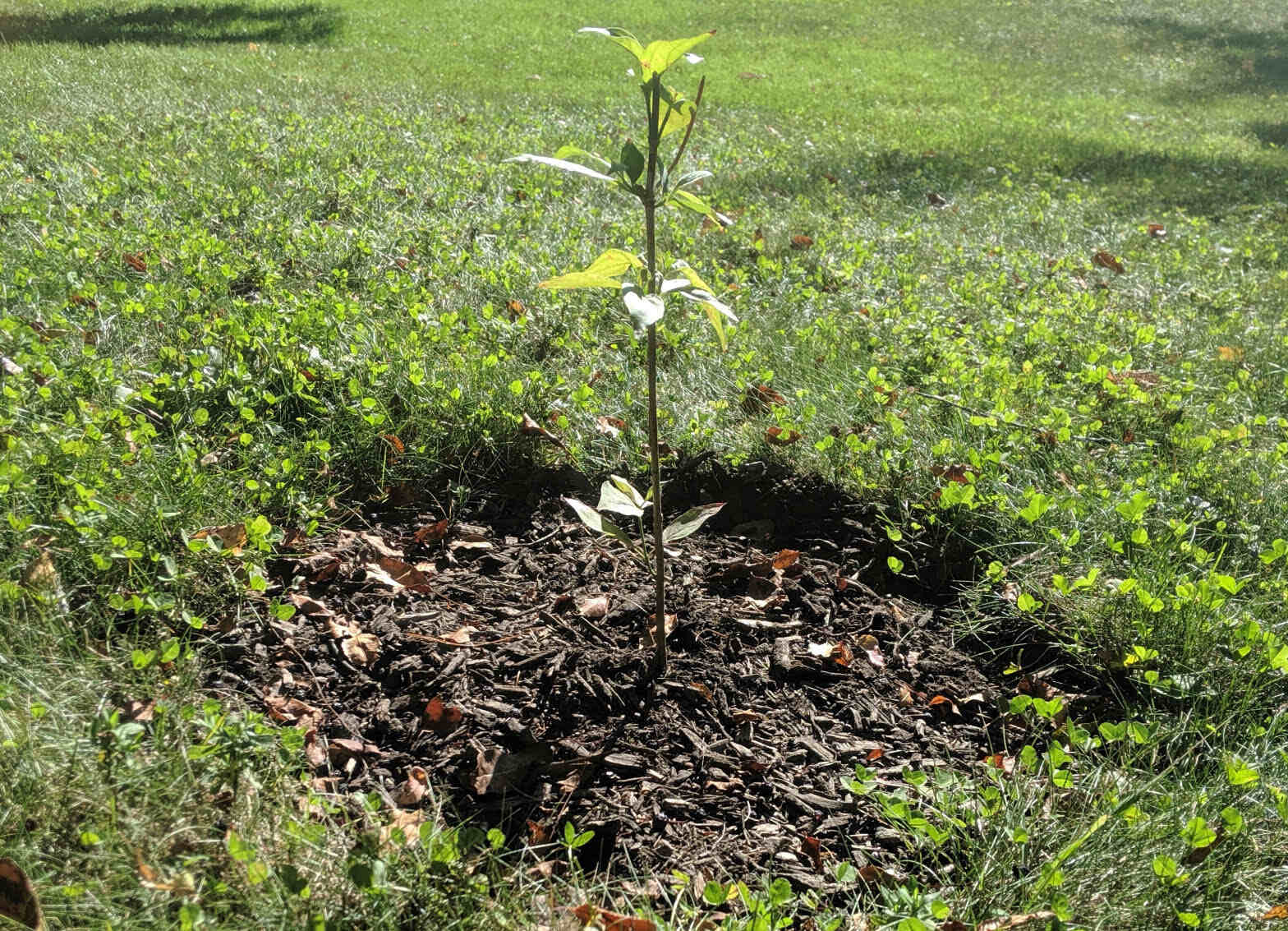
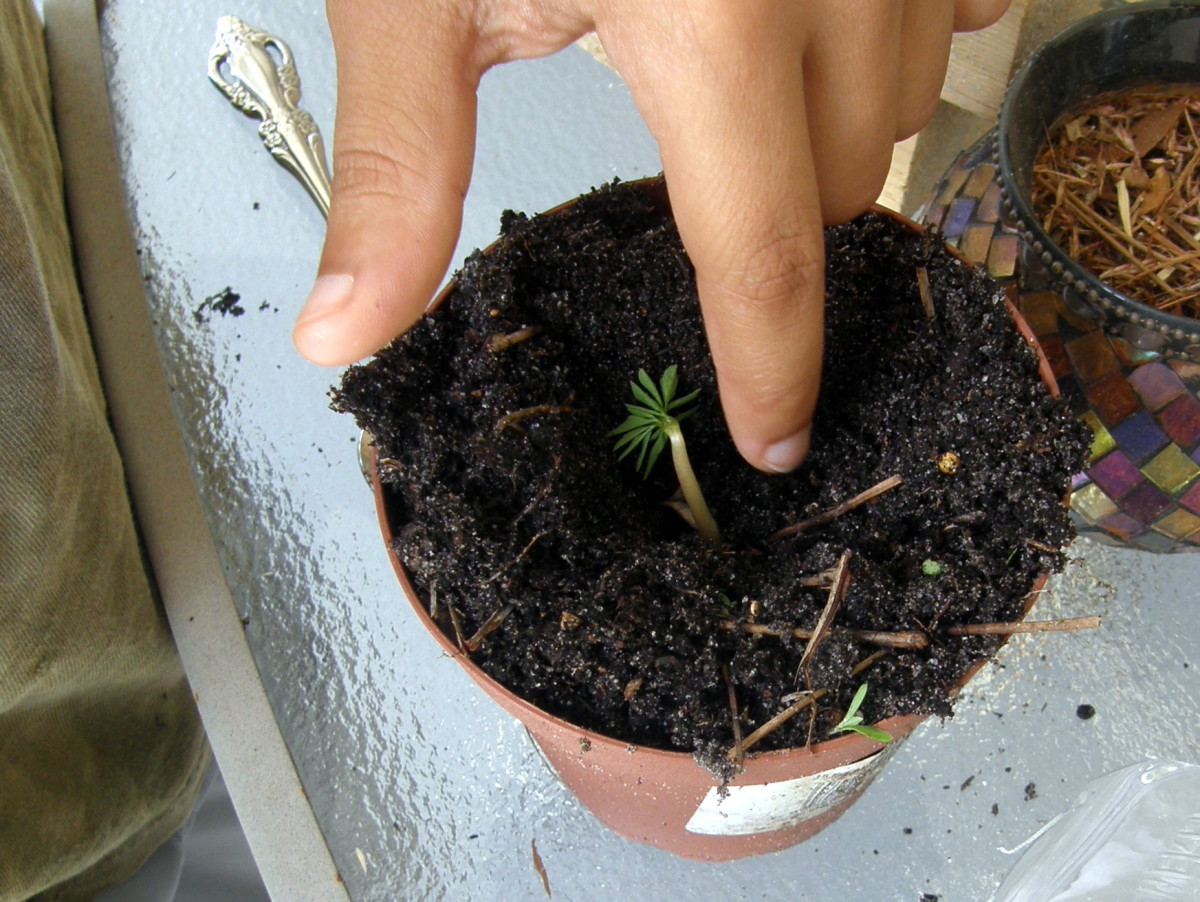
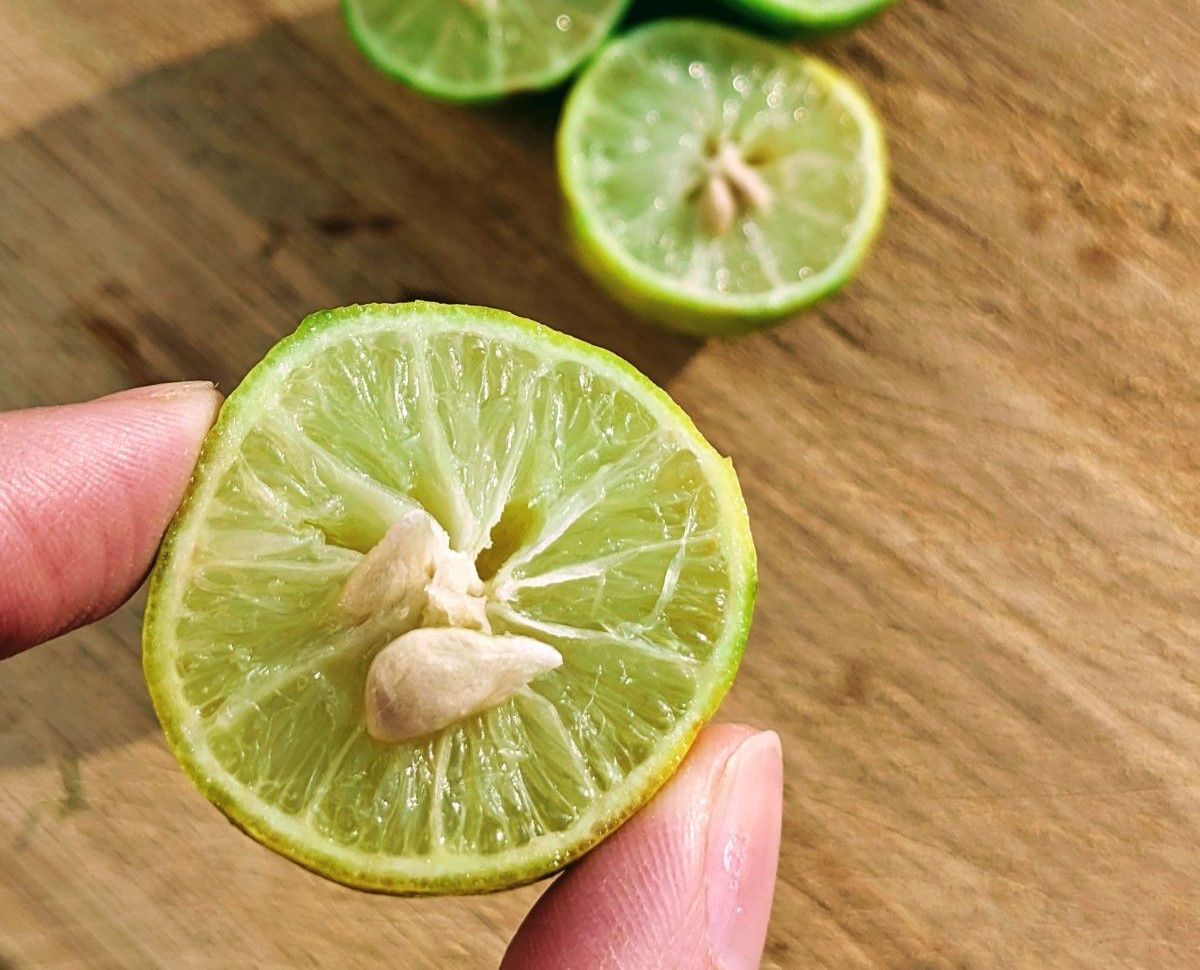
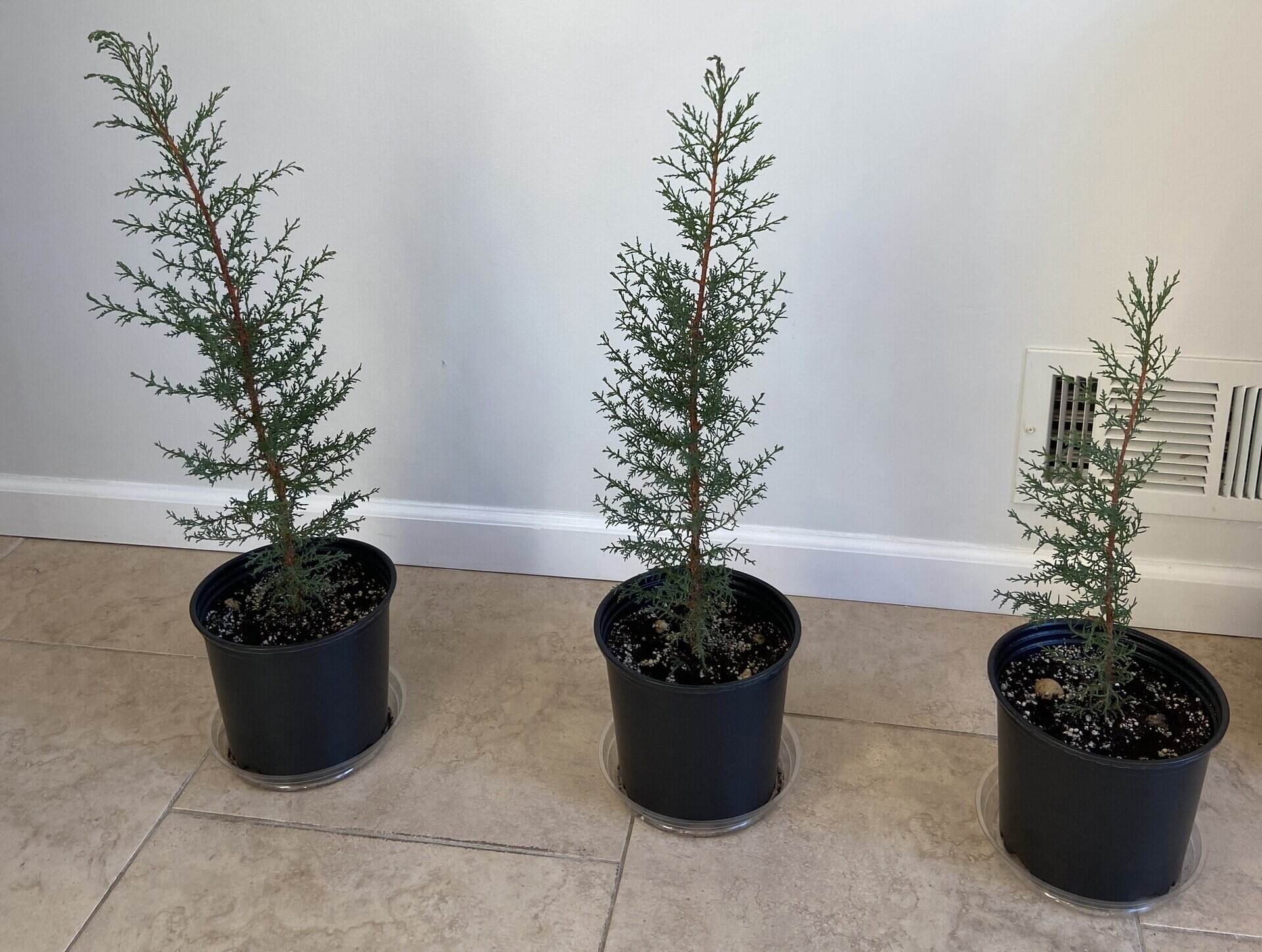
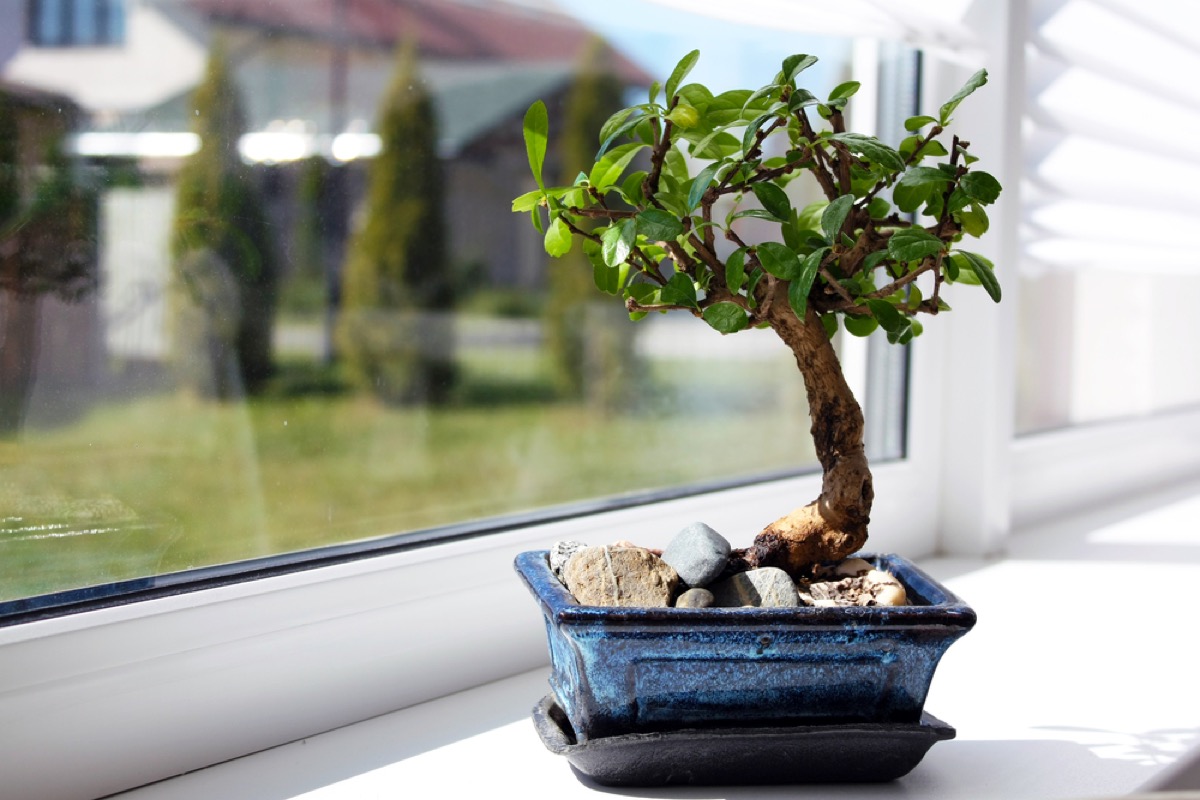

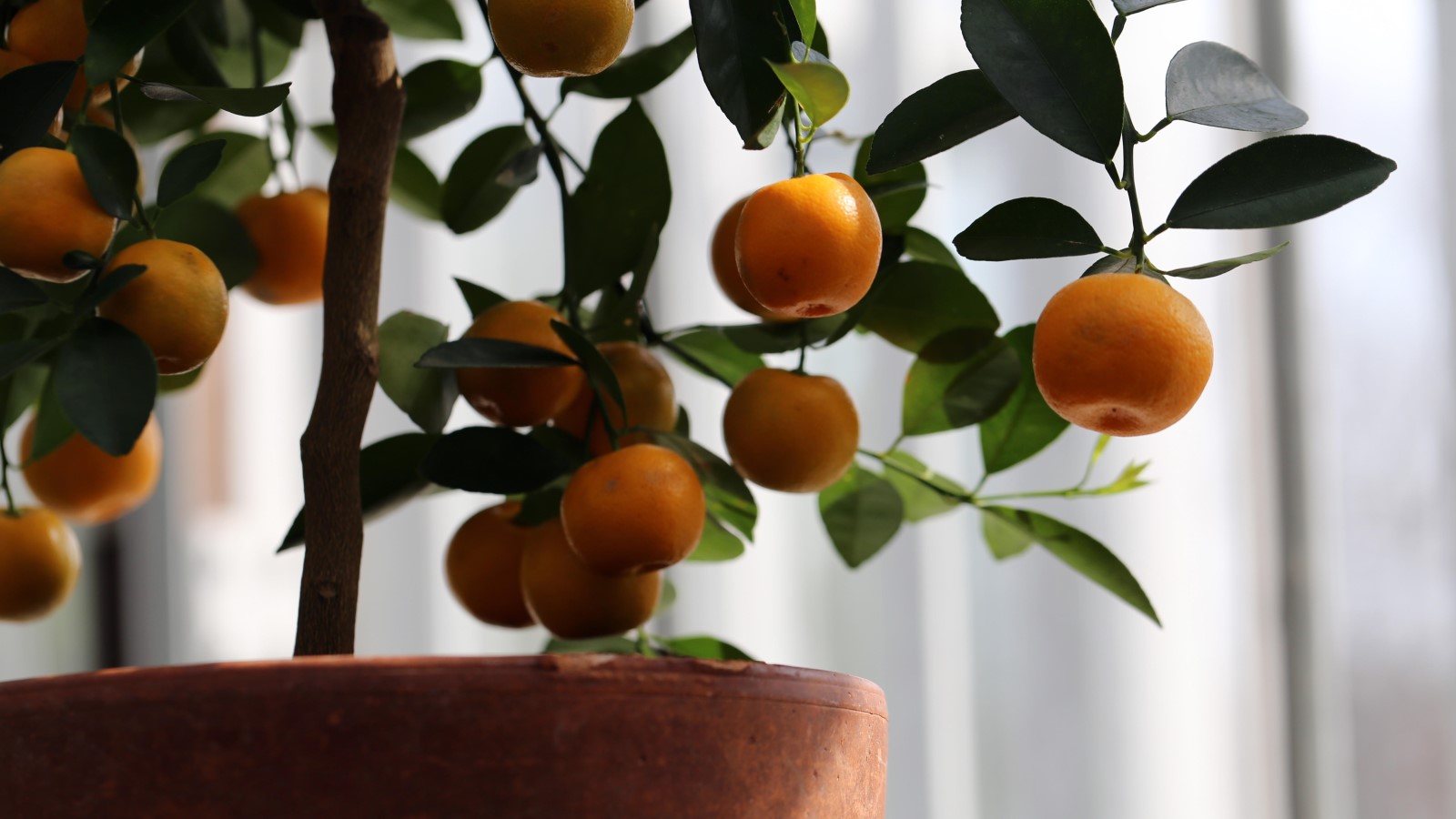
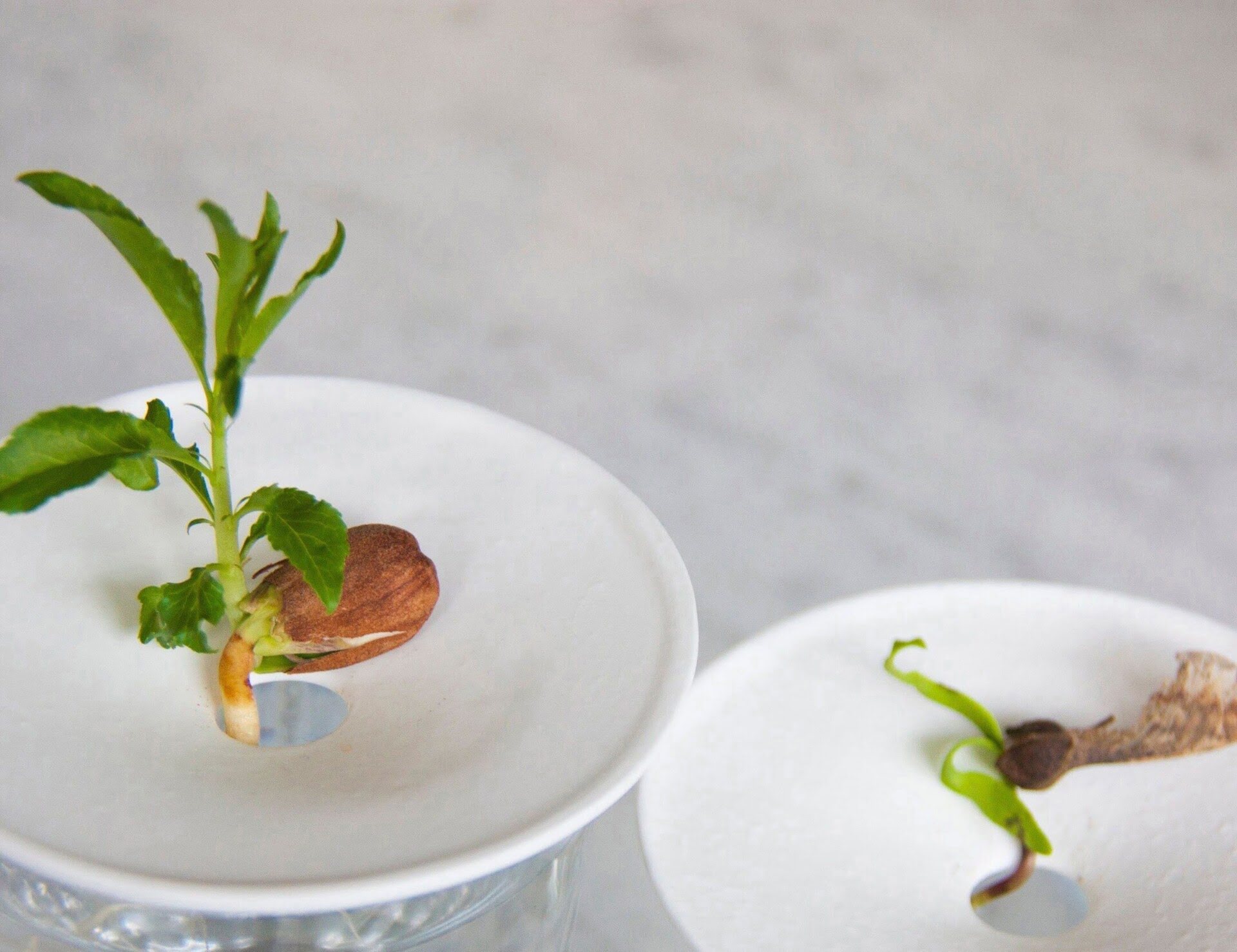
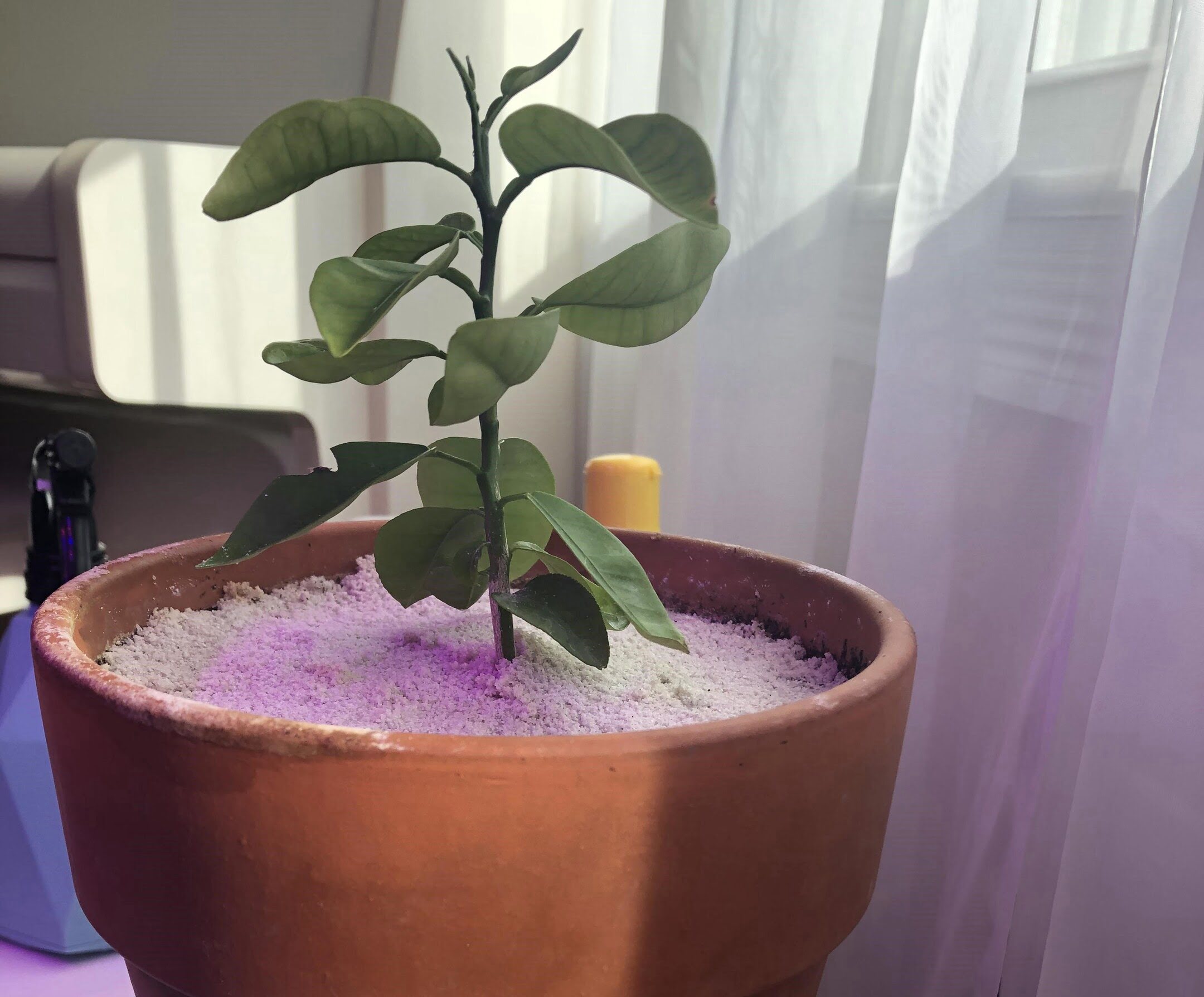
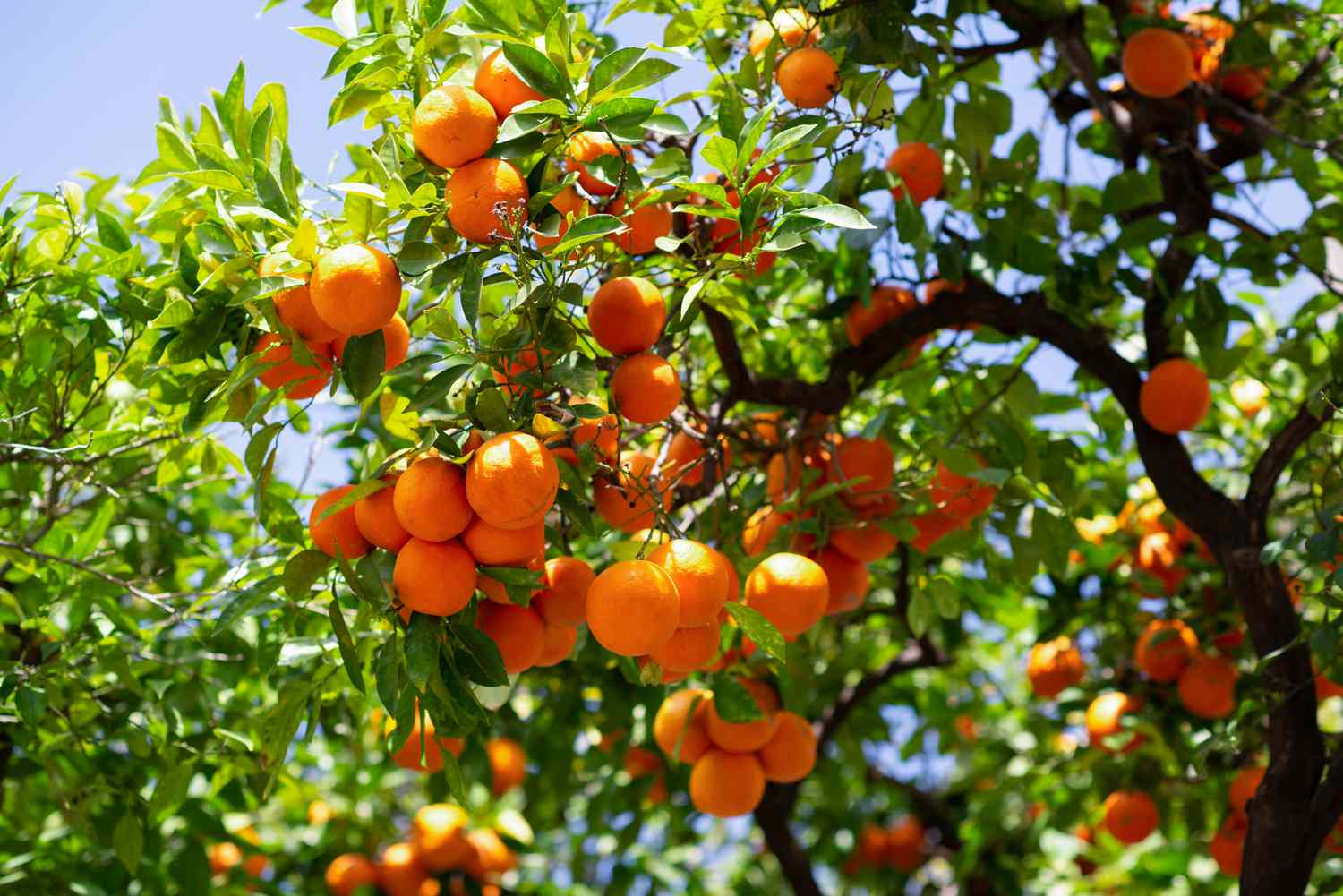

0 thoughts on “How To Grow A Baobab Tree From A Seed”